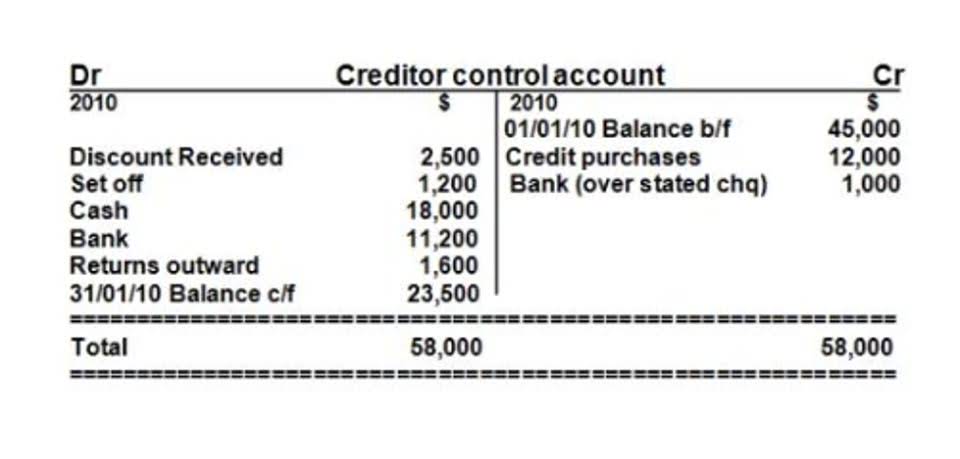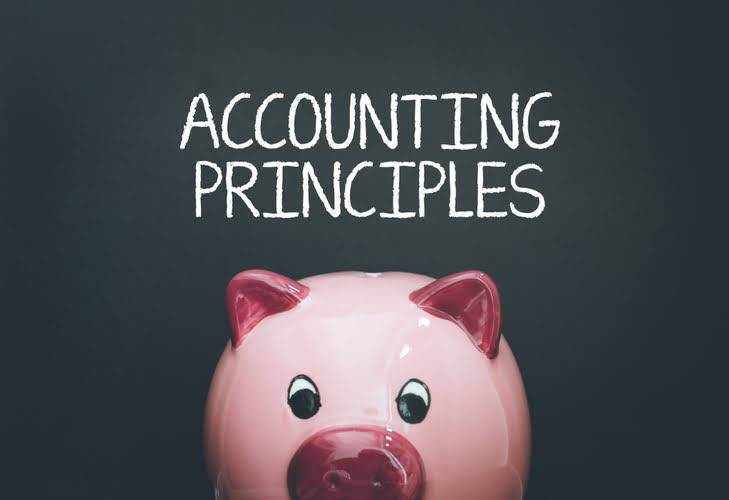
Lastly, we subtract all the changes to net working capital, in this case, 3,175, and get cfo formula an FCFF value of 24,856. The indirect method starts with net income and adjusts for noncash items and changes in working capital to arrive at OCF. The formula for calculating CFO follows the indirect method, which starts with net income and adjusts for non-cash items and changes in working capital.
- Also called cash flows from operating activities, or abbreviated as CFO, this figure represents the amount of money flowing through a company that is related to its core business activities.
- CFO provides a clearer picture of a company’s financial health by focusing on cash inflows and outflows from daily operations, free from the impact of accounting adjustments like depreciation and amortization.
- Comparing it with other automakers in the economy, an investor can identify the firm’s growth prospects.
- In order to help you advance your career, CFI has compiled many resources to assist you along the path.
- A ratio greater than 1.0 indicates that a company is in a strong position to pay its debts without incurring additional liabilities.
Times Interest Earned Ratio (Interest Coverage Ratio): The Complete Guide to Measuring Debt Servicing Capability
A good cash flow from operations ratio varies depending on the industry and company. Generally, a ratio greater than 1 indicates the company has positive cash flow from operations, while less than 1 shows negative cash flow. Let us look at the different cash flow from operations ratio formula used to calculate the ratio in various ways. A high cash flow, which is consistent and increasing, is always desirable for the company because it is a positive sign, indicating strong balance sheet, high sales, revenue and good control over its cost. It also shows that the business is able to manage the various risks involved in the process efficiently.
Cash Return On Assets Ratio
Meanwhile, investors will likely consider investing in companies that have healthy free cash flow profiles, which should ultimately lead to promising futures. Combined with undervalued share prices, equity investors can generally make good investments with companies that have high free cash flow. Investors greatly consider FCF compared to other measures, because it also serves as an important basis for stock pricing and the ability to service debt. Compared to net income or other accrual accounting-based measures, free cash flow is more appropriate for showing a company’s potential to produce cash.
- In this cash flow (CF) guide, we will provide concrete examples of how EBITDA can be massively different from true cash flow metrics.
- Normalizing cash flows becomes particularly relevant when performing trading comps using FCFF-based multiples, in which the target company and its comparables (i.e., the target’s peer group) are benchmarked against each other.
- CFO is derived from the company’s income statement and reflects cash inflows and outflows related to day-to-day operations, excluding any capital expenditures or investments.
- Operating cash flow does not include capital expenditures (the investment required to maintain capital assets).
- During the year, depreciation expense and amortization expense amounted to $20 million and $3 million.
- A negative CFO suggests that the company is spending more cash on its operations than it is generating.
FCFF Calculation Example (Net Income to FCFF)

Net income relies on accrual accounting rules, which can be manipulated by companies. They will typically create a separate schedule in the model where they break down the calculation into simple steps and combine all components together. The ratio interpretation will greatly depend on the industry, the entity’s size and the nature of its operations. But generally, a higher value will indicate a good level of cash flow to meet its operational needs, which is extremely important to keep the business running smoothly and in good financial health.

Cash Flow From Operations (CFO) Calculation
On the cash flow statement, the CFO section has the “bottom line” from the income statement at the top, which is then adjusted for non-cash expenses and changes in working capital. The D&A and change in NWC adjustments to net income could be thought of as being analogous to calculating the cash flow from operations (CFO) section of the cash flow statement. Simply put, FCFF is the remaining cash generated from the core operations of a particular company, after adjusting for core operating costs and capital expenditures (Capex) necessary to remain operating.
Since net income represents the profits under accrual accounting, the CFS adjusts the net income value to assess the true cash impact — starting by adding back non-cash charges. Non-cash add-backs increase cash flow as they are not actual outflows of cash, but rather accounting conventions. Free Cash Flow to Equity is also a popular way to assess the performance of a business and its cash-generating ability exclusively for equity investors. FCFF is an important part of the Two-Step DCF Model, which is an intrinsic valuation method. The second step, where we calculate the terminal value of the business, may use the FCFF with a terminal growth rate, or more commonly, we may use an exit multiple and assume the business is sold. The choice between them often depends on the company’s accounting practices and the level of detail desired in financial reporting.
- Meanwhile, investors will likely consider investing in companies that have healthy free cash flow profiles, which should ultimately lead to promising futures.
- The cash flow from operations ratio formula is an important metric that is commonly used to assess the liquidity and financial condition of the business.
- For example, even though a company has operating cash flow of $50 million, it still has to invest $10million every year in maintaining its capital assets.
- FCFE is a key metric in one of the approaches in the Discounted Cash Flow (DCF) valuation model.
- Typically, D&A is embedded within COGS/OpEx on the income statement, which reduces taxable income and thus net income.
- Unlike working capital, which cycles out rather quickly, Capex is a long-term investment, wherein the PP&E provides positive economic utility on behalf of the company in excess of one year (or twelve months).
By focusing solely on core business operations, OCF helps investors and analysts determine whether a company can support itself through its primary business model. It is possible to derive capital expenditures (CapEx) for a company without the cash flow statement. To do this, we can use the following formula with line items from the balance sheet and income statement. Cash Flow From Operations (CFO) is the cash inflows and outflows of a company’s core business operations. Also called cash flows from operating activities, or abbreviated as CFO, this figure represents the amount of money flowing through Coffee Shop Accounting a company that is related to its core business activities. Free cash flow margin is another cash margin measure, where it also adds in capital expenditures.
Cash Flow from Operations = Net Income + Non-Cash Items + Changes in Working Capital
The guidance below will help you to quickly and correctly incorporate the FCFE from EBITDA calculation into a financial model. Operating cash flow margin is a cash flow ratio that measures cash from operating activities as a percentage of total sales revenue in a given period. Free cash flow to firm (FCFF) is a measure of net cash available for distribution to bookkeeping the company’s stock-holders and debt-holders.

Cash Flow From Operations (CFO) Calculations & Ratios
Under the direct method, net cash flow from operations equal revenue receipts minus payment to suppliers and payments for other operating expense. My fundamental analysis of intrinsic value relies heavily on cash flow from operations to help determine the “real” worth of a company stock. Operating cash flow margin measures how efficiently a company converts sales into cash. It is a good indicator of earnings quality because it only includes transactions that involve the actual transfer of money.









